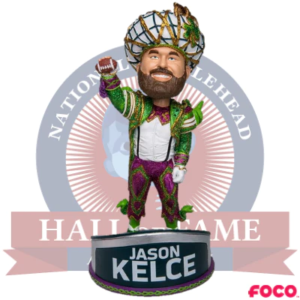Protecting an autograph is essential to preserve its value and appearance over time. To create an effective autograph display case, you’ll need to consider several factors. Here’s a guide on what you need:

- UV-Protected Glass or Acrylic: UV rays from sunlight and indoor lighting can fade autographs over time. Use UV-protected glass or acrylic to shield the autograph from harmful UV radiation. It’s essential to verify the UV protection rating, as not all UV-protected materials are equal.
- Airtight Sealing: An airtight seal prevents dust, moisture, and pollutants from entering the display case. This is particularly important for long-term preservation. Ensure the case has a good gasket or sealing mechanism.
- Anti-Glare Material: Opt for glass or acrylic with an anti-glare coating to reduce reflections and ensure that the autograph is clearly visible without distracting reflections.
- Acid-Free Matting: If you’re framing an autograph, use acid-free matting materials. Acid-free mats protect the autograph from acidic compounds that can deteriorate paper over time.
- Archival-Quality Backing: The backing material should also be acid-free and made from archival-quality materials to prevent damage to the autograph.
- Museum-Grade Frame: Choose a frame that is made from materials designed for preservation. Conservation-grade frames are often made of materials like solid wood, aluminum, or acrylic and are less likely to degrade over time.
- Proper Mounting: If you’re mounting an autograph within the case, make sure it’s done using archival-quality methods that won’t damage the item. Seek professional framing or mounting services if necessary.
- Humidity Control: Consider adding a humidity control device, like silica gel packs, to maintain a stable humidity level inside the case. Fluctuations in humidity can damage autographs over time.
- Security: If the autograph is valuable, you may want to consider a case with a locking mechanism to deter theft and tampering.
- Stability and Durability: Ensure that the display case is stable and durable to prevent accidents that could damage the autograph. It should be able to withstand minor bumps or falls without breaking.
- Size and Orientation: Choose a display case that fits the dimensions and orientation of the autograph or item you’re protecting. It should allow for proper spacing and framing to enhance the visual appeal.
- Location: Place the display case in an appropriate location, away from direct sunlight, extreme temperatures, and sources of moisture.
- Cleaning: Clean the interior and exterior of the case regularly to prevent dust and dirt from accumulating, which can damage the autograph.
- Documentation: Keep a record of the autograph’s provenance and details about the autograph itself. This information can add to its value and historical significance.
- Insurance: Consider insuring the autograph and the display case to protect your investment in case of loss or damage.
By taking these factors into consideration and investing in a high-quality display case, you can help ensure that your autograph remains well-protected and retains its value over time.


